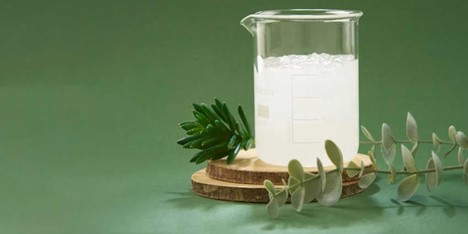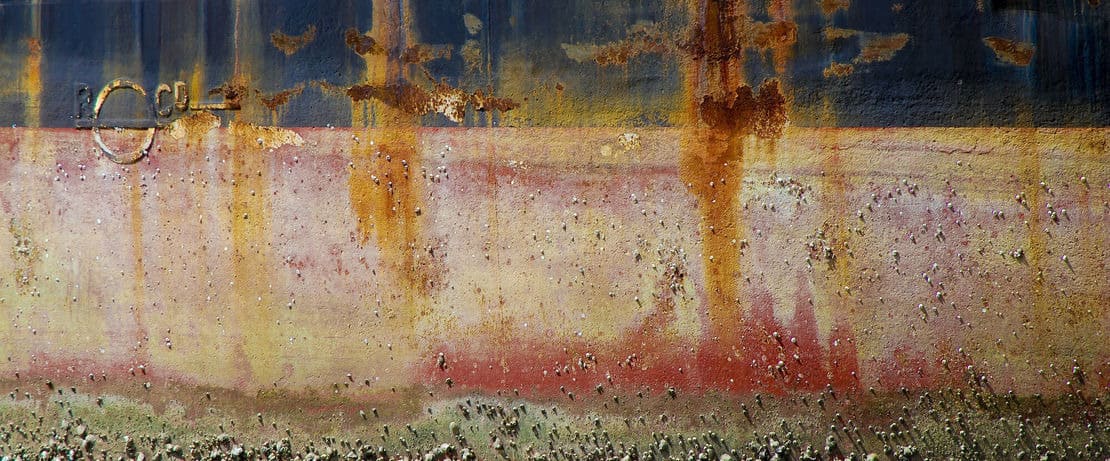Alcohol Ethoxylates Rise as Eco-Friendly Surfactants
News
07/11/2024In the world of surfactants, alcohol ethoxylates (AEs) are gaining traction as industries push towards greener, safer products, while nonylphenol ethoxylates (NPEs) and their alkylphenol counterparts face regulatory pressure due to environmental concerns. The shift is fueled by heightened awareness of the environmental impacts of NPEs and the need for sustainable alternatives.
Alcohol Ethoxylates: A Green, Biodegradable Option
AEs, commonly used in applications ranging from household detergents to industrial cleaners, are increasingly lauded for their biodegradability and low toxicity. Unlike NPEs, which can persist in water systems and harm aquatic life, AEs break down more readily in the environment, making them a safer choice for ecosystems.
Criteria Used to Assign Aquatic Persistence and Hazard Levels
|
Acute Aquatic Toxicity (L/E/IC50 Value)1 |
Rate of Biodegradation |
| ≤1 ppm | May be acceptable if biodegradation2 occurs within a 10-day window without degradates of concern3 |
| >1 ppm and ≤10 ppm | Biodegradation2 occurs within a 10-day window without degradates of concern3 |
| >10 ppm | Biodegradation2 occurs within 28 days without degradates of concern3 |
Another significant advantage is that alcohol ethoxylates can be derived from bio-based sources, which contributes to their growing appeal. Renewable sourcing options align with global sustainability goals and support industries in reducing their overall environmental footprint. Additionally, AEs are recognized for their effective wetting, detergency, and emulsifying properties — functional benefits that place them on par with, if not above, the performance of NPEs in various formulations.

NPEs and APEs: High Performance, But Environmentally Challenging
Nonylphenol ethoxylates (NPEs) and alkylphenol ethoxylates (APEs) have long been favored for their powerful emulsifying, foaming, and dispersing capabilities. Known for their stability in harsh conditions, these surfactants have been widely used in industrial cleaning, textiles, and agricultural chemicals. However, the story takes a dark turn when it comes to their environmental footprint.
Studies have shown that NPEs and APEs are slow to degrade and can bioaccumulate in aquatic environments, posing a risk to marine life. As a result, regulators across North America and Europe are tightening restrictions on these compounds. Manufacturers are now forced to reconsider their formulations, seeking alternatives that offer both performance and environmental compatibility.
Industry Trend: A Shift Towards Sustainable Solutions
The rise of alcohol ethoxylates reflects a larger trend in various industries, with companies prioritizing eco-friendly surfactants that meet strict regulatory standards. AEs, with their lower environmental impact and versatile applications, are fast becoming a preferred choice for companies looking to stay ahead in an increasingly regulated market. As the regulatory landscape evolves, the spotlight is on sustainable innovation — and alcohol ethoxylates are leading the charge.
This shift marks a win for environmental advocates and a sign of change for industries adapting to meet the demands of a greener, more sustainable future.
United States Environmental Protection Agency (2024, May). Fact Sheet: Nonylphenols and Nonylphenol Ethoxylates



